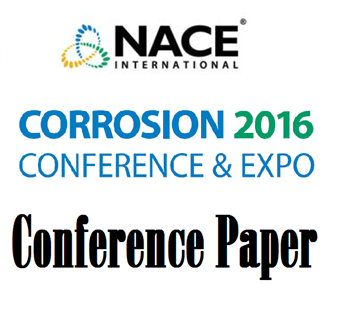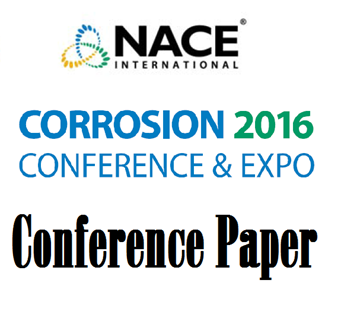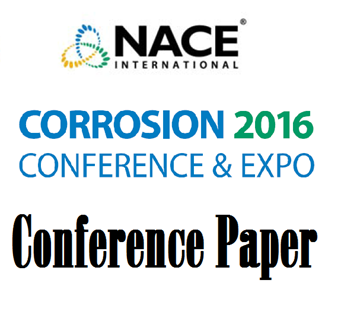Search
51316-7191-Application of Low Cr Steels in the Presence of Corrosion Inhibitors
Also Purchased
51316-7188-Failure Analysis and Investigation Methods of Boiler Tubes Corrosion/Case Study
Product Number:
51316-7188-SG
ISBN:
7188 2016 CP
Publication Date:
2016
$20.00
51316-7183-Sour Service Fatigue and Fracture Behavior of High Strength Steels
Product Number:
51316-7183-SG
ISBN:
7183 2016 CP
Publication Date:
2016
$20.00
51316-7187-Amine Corrosion in Gas Sweetening Plant: Causes and Minimization on Real Case Study
Product Number:
51316-7187-SG
ISBN:
7187 2016 CP
Publication Date:
2016
$20.00




